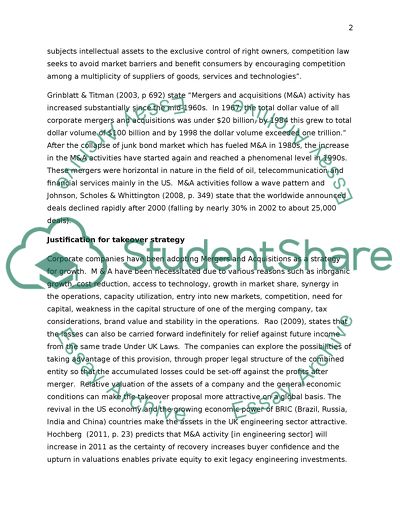Cite this document
(“Chamberlin & Castings Plc Finacial Management Essay”, n.d.)
Retrieved from https://studentshare.org/environmental-studies/1410381-chamberlin-castings-plc-finacial-management
Retrieved from https://studentshare.org/environmental-studies/1410381-chamberlin-castings-plc-finacial-management
(Chamberlin & Castings Plc Finacial Management Essay)
https://studentshare.org/environmental-studies/1410381-chamberlin-castings-plc-finacial-management.
https://studentshare.org/environmental-studies/1410381-chamberlin-castings-plc-finacial-management.
“Chamberlin & Castings Plc Finacial Management Essay”, n.d. https://studentshare.org/environmental-studies/1410381-chamberlin-castings-plc-finacial-management.


